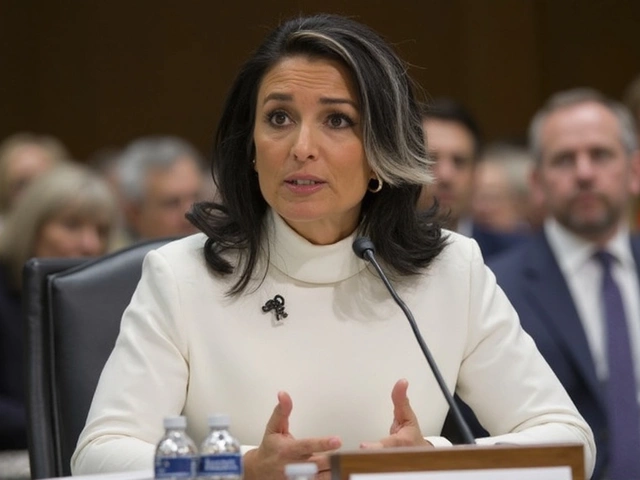Investments Made Simple: What You Need to Know Right Now
Thinking about putting your money to work but not sure where to start? You’re not alone. Most people feel overwhelmed by the sheer number of options—stocks, mutual funds, real estate, crypto, you name it. The good news is you don’t need a finance degree to make sensible choices. In this guide we’ll break down the basics, point out common pitfalls, and share a few practical steps you can take today.
Pick the Right Investment Type for Your Goals
Before you open any account, ask yourself what you’re aiming for. Want a rainy‑day fund you can tap in a few years? A high‑interest savings account or short‑term bond fund keeps risk low. Planning for retirement in 20‑30 years? Stocks and equity‑based mutual funds usually offer the best growth potential over that horizon.
Real estate can be appealing if you like tangible assets and don’t mind dealing with tenants or property taxes. Digital assets—cryptocurrencies and NFTs—are still volatile, so treat them as a small, experimental slice of your portfolio, not the whole pie.
How to Start Investing in 5 Easy Steps
1. Set a budget. Decide how much of your monthly income you can comfortably set aside. Even $50 a month adds up thanks to compounding.
2. Choose a reliable platform. Look for low fees, easy navigation, and good customer support. Many apps let you start with zero commission on index funds.
3. Diversify early. Spread your money across a few sectors or use an index fund that tracks the broader market. This reduces the impact if one stock tanks.
4. Automate contributions. Set up automatic transfers to your investment account. You won’t miss a beat, and you’ll benefit from dollar‑cost averaging.
5. Monitor, but don’t obsess. Check your portfolio quarterly, not daily. Markets move in cycles; reacting to every dip usually hurts more than helps.
Risk management is another piece of the puzzle. A simple rule of thumb: the younger you are, the higher portion of equities you can hold because you have time to recover from downturns. As you approach major life milestones—buying a house, funding college—shift toward more stable assets.
Staying informed doesn’t mean reading every financial news article. Subscribe to a trusted newsletter, follow a reputable analyst on social media, or listen to a weekly podcast that breaks down market moves in plain language. The goal is to get the big picture without getting lost in jargon.
Finally, remember that investing is personal. What works for a friend might not suit your risk tolerance or cash‑flow needs. Use the tools available—budget calculators, risk‑assessment quizzes, and portfolio simulators—to tailor a plan that feels right for you.
Ready to take the first step? Open a free account on a reputable brokerage, set up an automatic $50 transfer, and pick a diversified index fund. In a few months you’ll see the habit stick, and that momentum can turn a modest start into a solid financial foundation.
Investing isn’t a magic trick; it’s a series of small, consistent actions. Stick with the basics, keep learning, and watch your money grow over time.
Prince Al-Waleed Bin Talal: Saudi Arabia’s Maverick Investor Who Shaped Global Markets
Prince Al-Waleed bin Talal is a Saudi royal and billionaire known for bold international investments and high-stakes business turnarounds. From humble beginnings with a modest loan, he built a vast empire including stakes in major global brands. Despite royal ties, he remains outside Saudi politics, focusing on philanthropy and business innovation.





